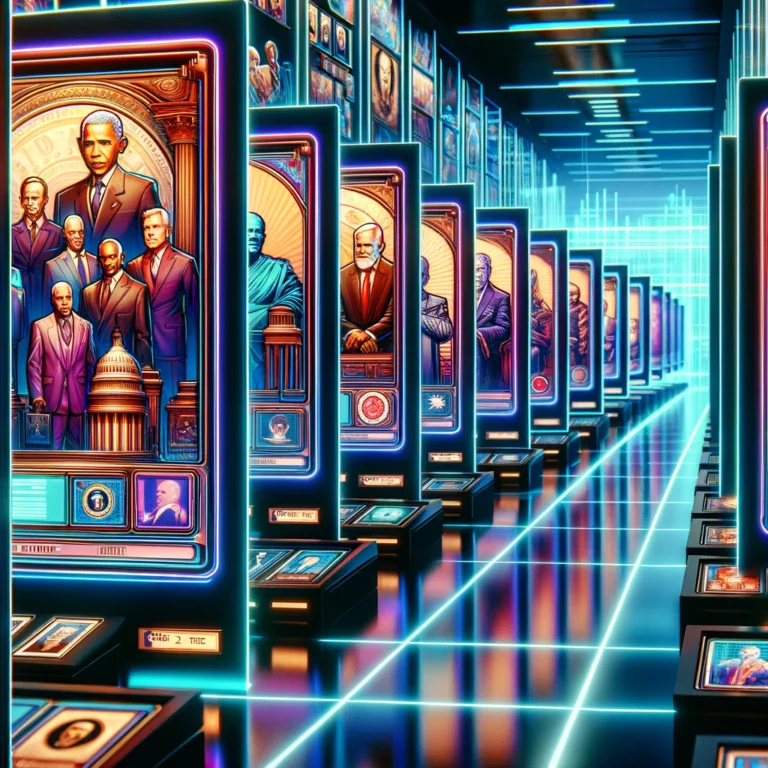Nuclear Power Is The Future: Here’s Why
Nuclear Power :- Starting with nuclear fuel, usually uranium, is what happens next. The isotope uranium-235 (U-235) is added to nuclear fuel in order to increase its concentration; normally, 5% of the mass of the fuel is made up of U-235. Although U-235 itself isn’t particularly radioactive, it can absorb low-energy neutrons and transform into U-236. U-236 is a very unstable nucleus that splits nearly instantaneously into three free neutrons, krypton, barium, and a significant amount of heat energy. These neutrons have the potential to ignite a nuclear chain reaction by fissioning (also known as splitting) three more U-235 atoms.
A nuclear power plant merely uses this heat to convert water into steam, then uses the steam’s high pressure to operate a turbine and regulate the nuclear chain reaction.
I now arrive at my first point. Nuclear energy has developed a reputation for being extremely dangerous throughout time. Its connection to nuclear weapons and catastrophes like Three Mile Island, Fukushima, and Chernobyl is the reason for this. Nonetheless, this reputation is wholly unjustified. You see, some fossil fuels actually emit more radiation into the atmosphere than any nuclear power plant, and they result in far more pollution-related fatalities each year than all the fatalities attributable to nuclear power.
Renewable Energy Source
Even renewable energy sources like solar and wind power result in more fatalities due to intensive mining, the dangers of operating offshore, and other factors. Overall, nuclear power has just 90 fatalities per 1,000 TWh, compared to 150 for wind, 440 for solar, 4,000 for natural gas, and 100,000 for coal!
Also, nuclear power is quite safe for the environment. Per kWh, it releases around 4 g of carbon dioxide. Compare it to coal, which emits 1,000 g/kWh, solar, which emits 6 g/kWh, and wind generation, which also emits 4 g/kWh.
. In reality, reliable studies show that nuclear power produces the fewest emissions of all sources of energy! Nuclear power stations frequently run much below their maximum allowable output levels in order to satisfy peak electricity needs. This implies that companies can run carbon capture systems during periods of low demand to make up for the emissions they do produce. Because just 0.0023 kWh are needed for carbon capture and storage for every gramme of collected carbon dioxide, this is practical. Thus, a nuclear power station must invest 0.0092 kWh (or 0.92% of total power output) in carbon capture for every kWh it generates. To put it another way, nuclear energy has the potential to become a true carbon-neutral or even carbon-negative energy source.
Nuclear Waste
The criticisms are already audible to me. “Well, that is all well and good, but we have to carefully store thousands of tons of very poisonous and radioactive nuclear waste for tens of thousands of years,” or something along those lines. I respond that there is significantly less high-grade nuclear waste than you may assume. In addition, our present storage systems are operating well, so that isn’t a significant issue. Yet, we can provide Deep Isolation if you want extra consolation.
The best nuclear storage solution was developed by Deep Isolation using oil sector drilling technology. The plan is to create J-shaped boreholes many kilometers below. The rocks down there won’t rise to the surface for millions of years if you’re not close to a tectonic plate boundary, and the water table can’t get there either. So just fill the opening and the bottom of the J-shape with the nuclear waste. This trash is now safely contained until it loses its radioactivity and toxicity since there is virtually no way for it to return to the environment.
Benefits to Nuclear Power
There are many more, including molten salt reactors, fast reactors that convert nuclear waste into fuel, pure thorium reactors, using waste heat to produce even more energy while lowering nuclear power plant costs, as well as HTGC and waste energy to produce large quantities of low-carbon pink hydrogen. But do I really need to continue, do I? Nuclear power is not the monstrosity that many people believe it to be. Instead, it’s the technology that will save the earth that we have been pleading for. All we have to do is make sure we apply it appropriately.
Reference :
https://energy.mit.edu/research/future-nuclear-power/









